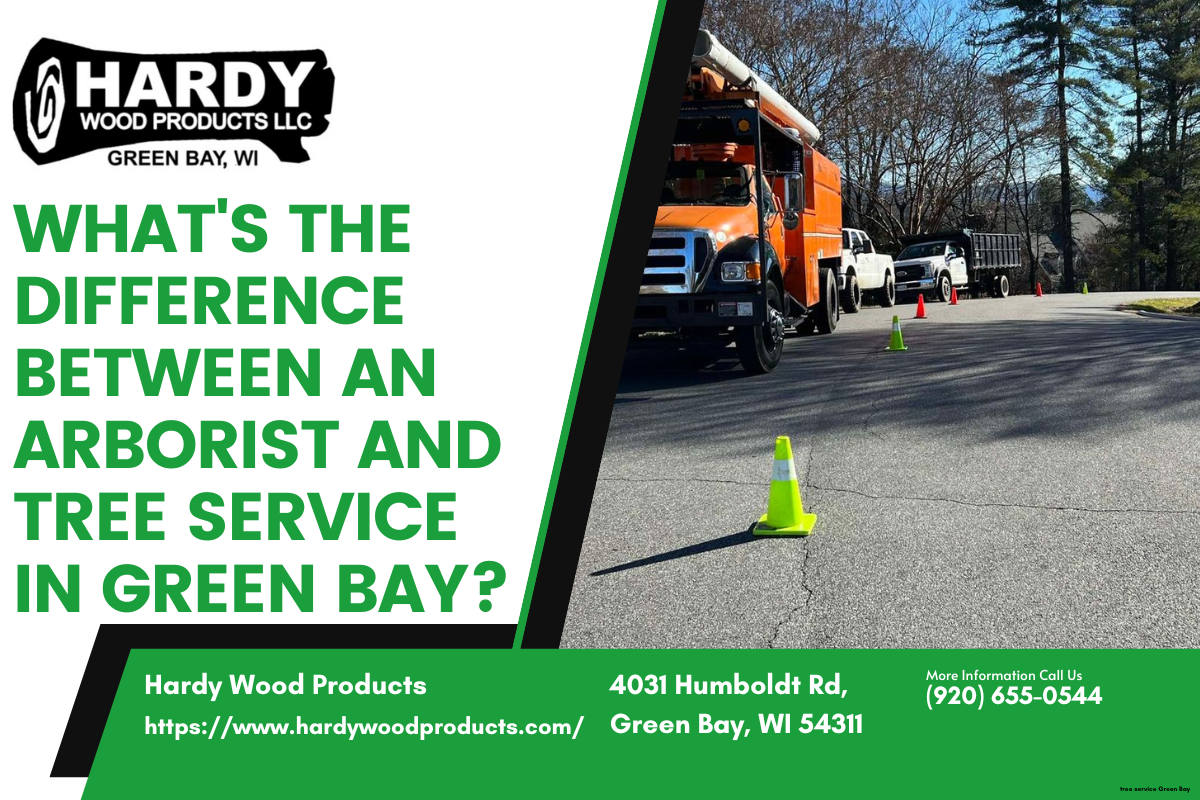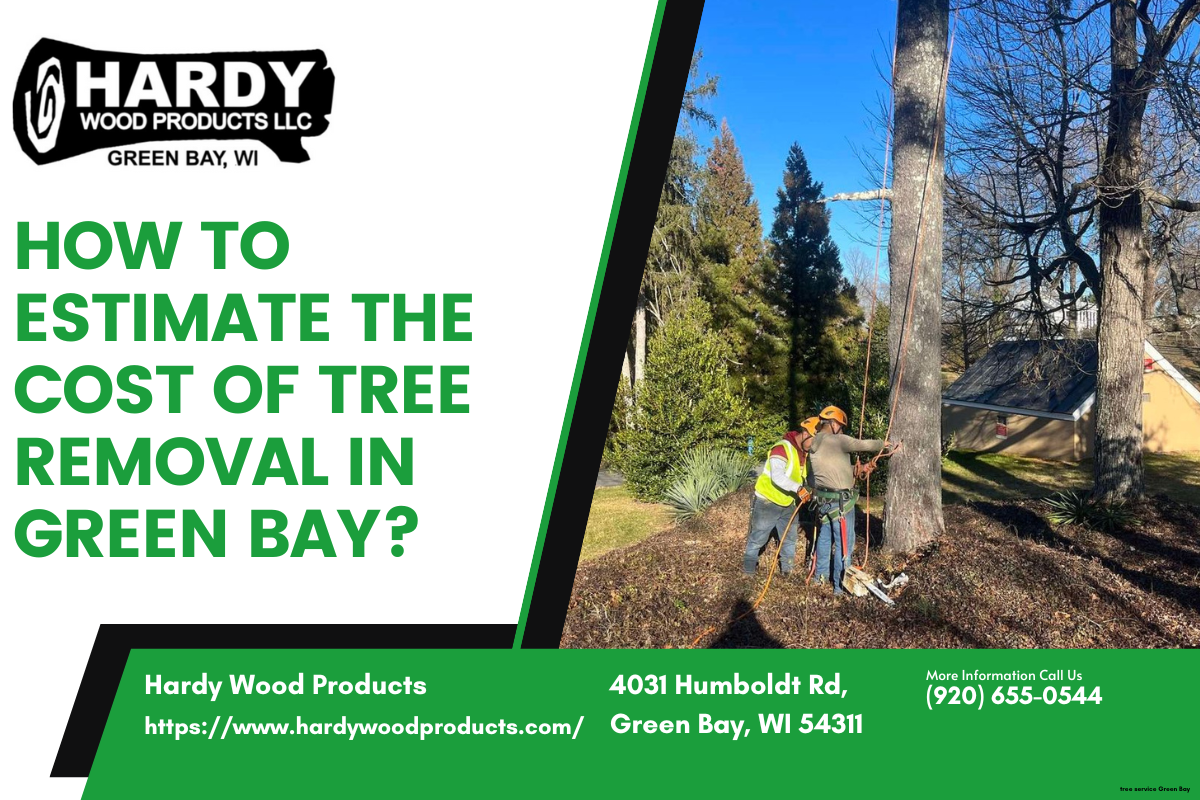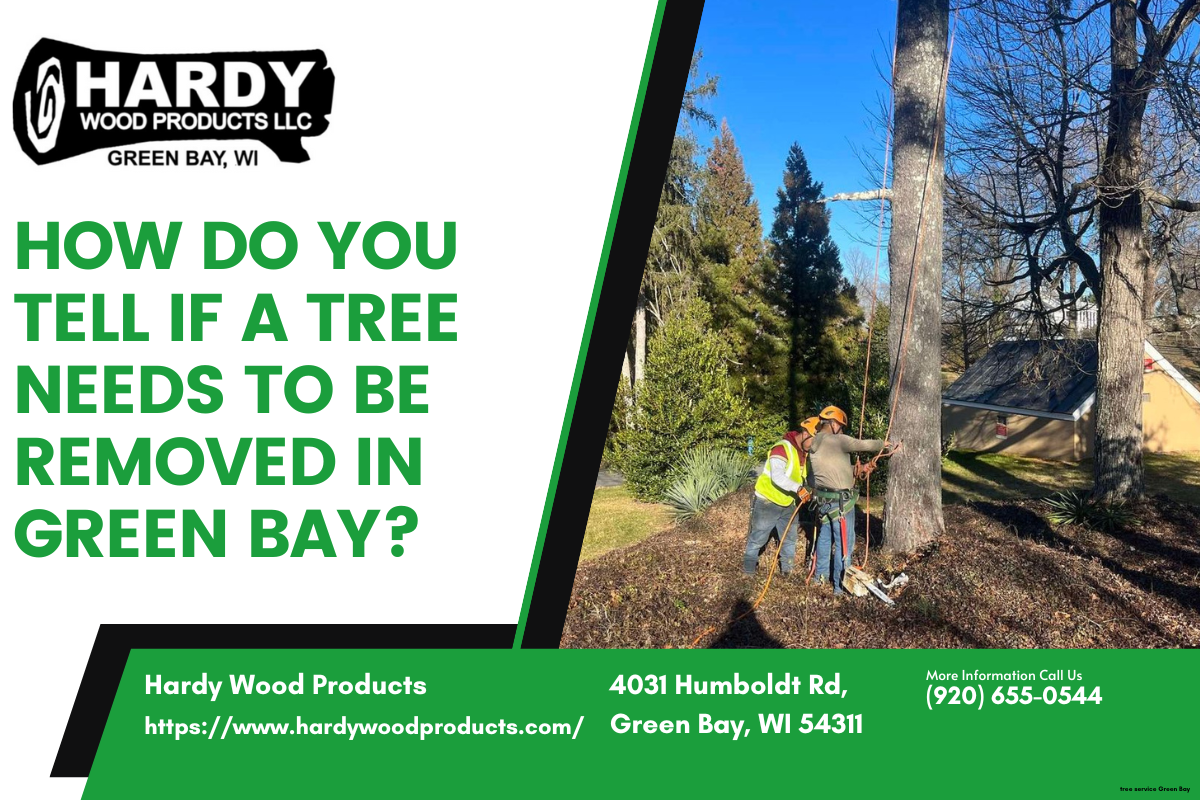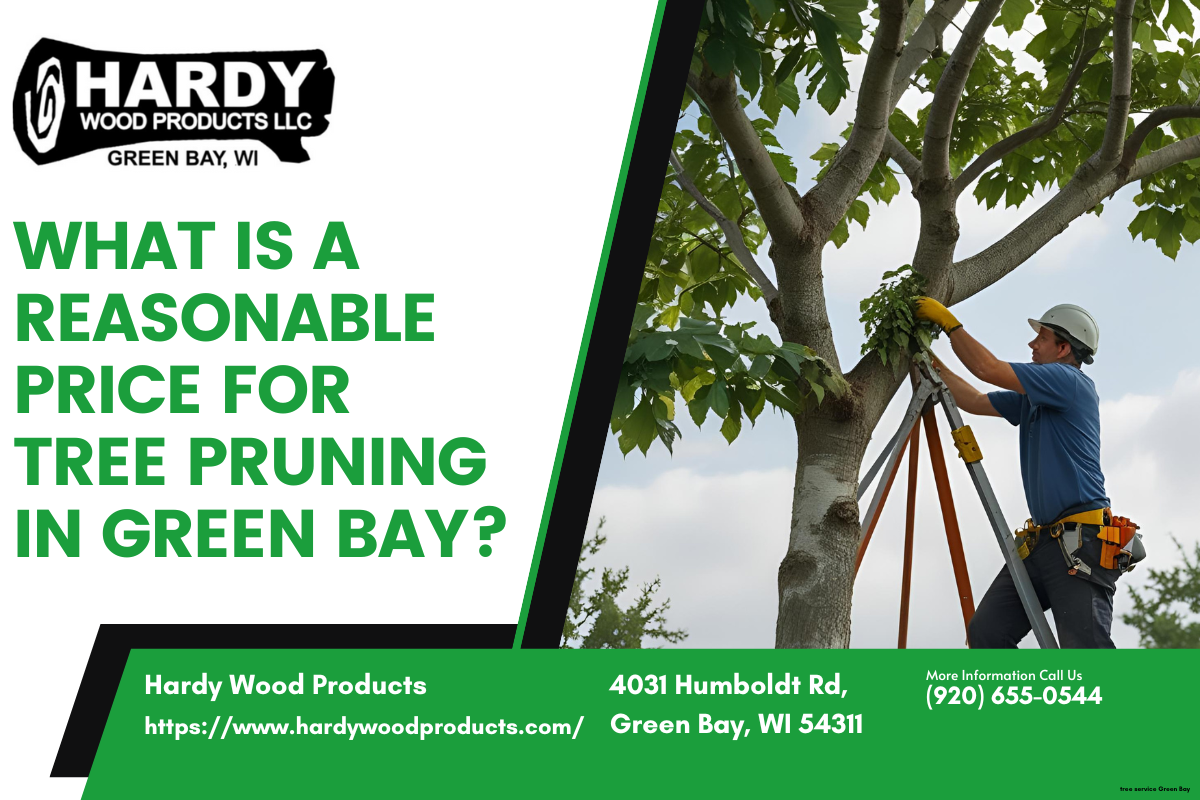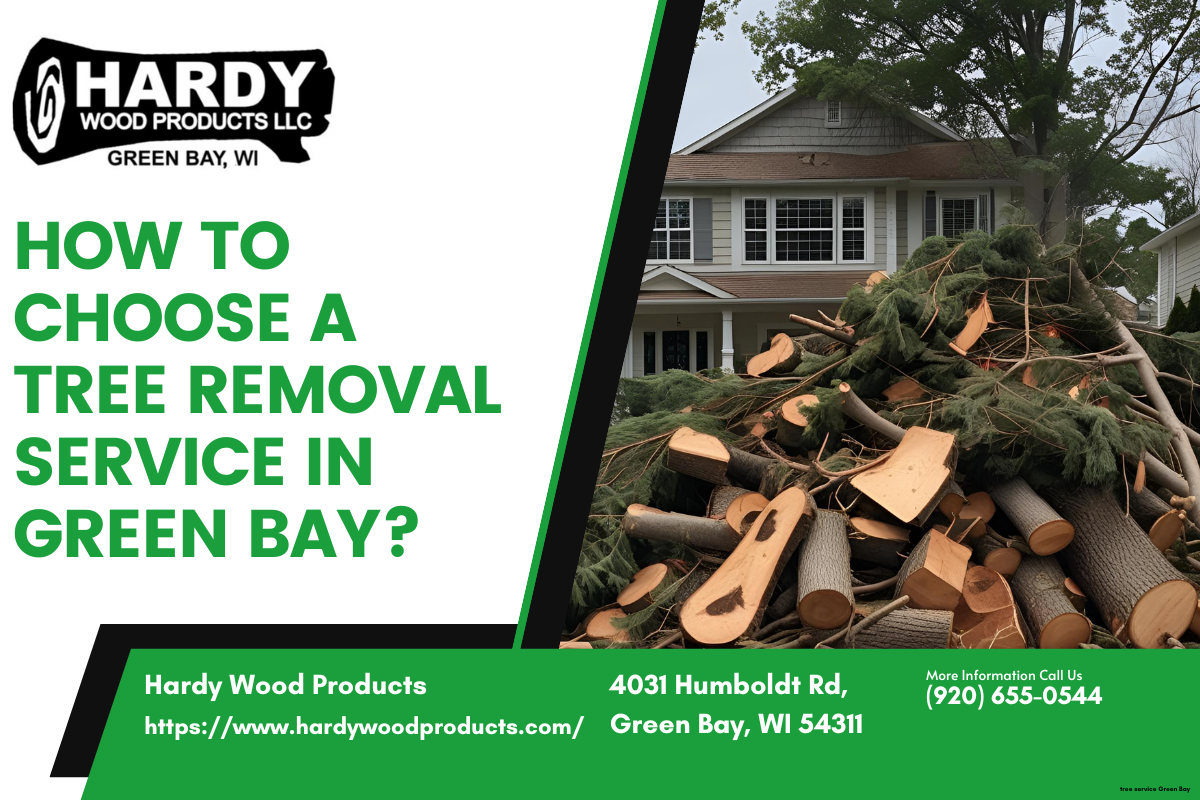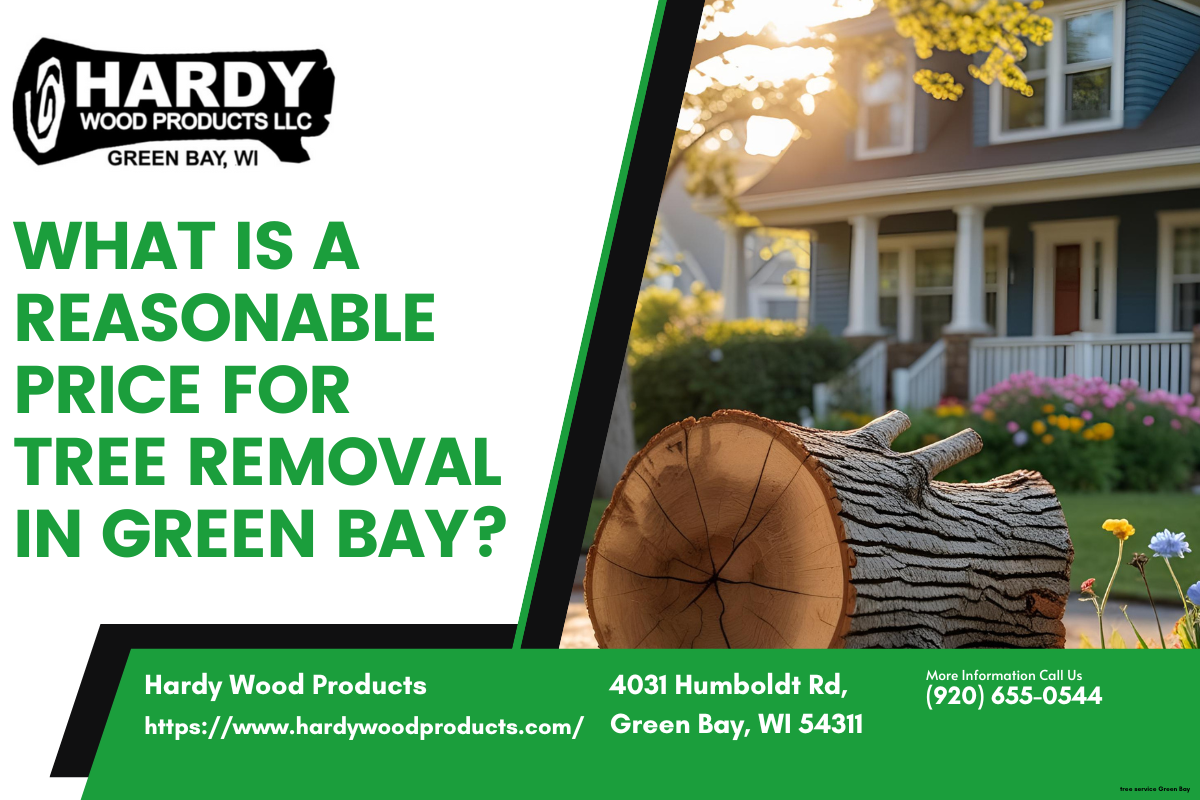TABLE OF CONTENTS
Hiring a tree service is a critical decision that directly impacts your property's safety, aesthetics, and financial value. The best approach is to conduct thorough due diligence, prioritizing a company's professional credentials, comprehensive insurance coverage, and verifiable expertise. Homeowners should secure multiple detailed, written estimates, check recent references, and insist on a formal contract. This careful process ensures you partner with a reputable professional who will enhance your property, rather than a low-cost operator who could create a liability.
Why choosing the right tree service is more than just a simple hire
Your trees are living assets. When healthy and well-maintained, they can increase property value, provide shade that lowers energy costs, and contribute to a beautiful landscape. However, when neglected or improperly cared for, they can become significant liabilities. A dead or unstable branch can fall on your home, your car, or a neighbor's property, leading to costly damages. This dual nature of trees as both assets and risks is why hiring a tree care professional is one of the most important decisions a homeowner can make for their property.
The temptation to choose the cheapest quote is understandable, but the potential consequences of hiring an unqualified or uninsured "tree guy" can be catastrophic. An improper pruning cut can introduce disease, ultimately killing a mature tree over several years. A poorly executed removal can result in devastating property damage. Worst of all, if an uninsured worker is injured on your property, you could be held financially responsible for their medical bills. This begs the question many homeowners ask: is it worth hiring a professional tree trimmer? The answer is an unequivocal yes. The expertise, equipment, and insurance of a professional service are not costs—they are essential investments in protecting your home, your finances, and your peace of mind.
Step 1: The essential credentials every tree service must have
Before you even discuss the specifics of a job, your first priority should be to verify a company's fundamental credentials. These non-negotiable items separate legitimate, professional businesses from risky, fly-by-night operators. A company that readily provides this information demonstrates transparency and a commitment to professional standards. If a contractor hesitates or makes excuses when you ask for these documents, consider it a major red flag and move on immediately.
Verify licensing and local registration
While requirements for tree service licensing can vary significantly between states and even municipalities, it serves as a baseline indicator of legitimacy. A business license shows that the company is registered to operate legally in your area and is accountable to local authorities. You can typically verify a business license through your city or county clerk's office or a state's online business portal. Hiring a licensed company ensures you are working with a real business entity, not just an individual with a chainsaw.
Demand proof of insurance (this is non-negotiable)
Insurance is arguably the single most important factor when hiring a tree service. The work is inherently dangerous, involving heights, heavy equipment, and unpredictable natural elements. Without adequate insurance, all the risk is transferred from the contractor directly to you, the homeowner. There are two critical types of insurance you must verify.
General Liability Insurance
This policy protects your property from damage caused by the contractor. Imagine a large limb being cut from a tree that accidentally swings and crashes through your roof or smashes your fence. A general liability policy covers the cost of these repairs. Ask for a certificate of insurance that lists the policy number and coverage limits. A professional company should have no issue providing this document. A million-dollar policy is a standard minimum for this type of high-risk work.
Workers' Compensation Insurance
This is just as crucial as liability insurance. Workers' compensation covers the medical expenses and lost wages of any employee who is injured while working on your property. If you hire a company that does not carry this insurance and one of their workers falls from a tree, you could be sued and held personally liable for their significant medical costs. Do not simply take a contractor's word for it. Always request the certificate and consider calling the insurance provider listed on the document to confirm the policy is active and in good standing before any work begins.
Step 2: Assessing expertise and qualifications
Once you have confirmed a company is properly licensed and insured, the next step is to evaluate their actual expertise. Not all tree services are created equal. The difference between a skilled arborist and a simple "tree cutter" is vast and can have long-term consequences for the health and safety of your trees. A true professional understands tree biology and is dedicated to both safety and arboricultural best practices.
Look for certified arborists
An arborist is an individual trained in the art and science of planting, caring for, and maintaining individual trees. The most recognized professional credential is certification from the International Society of Arboriculture (ISA). An ISA Certified Arborist has a minimum level of experience, has passed a comprehensive examination, and must adhere to a code of ethics. Hiring a company with a certified arborist on staff ensures that decisions about your trees—especially complex pruning or health assessments—are based on scientific knowledge, not guesswork.
Ask about safety protocols and equipment
A professional, safety-conscious crew is easy to spot. Observe their operations or ask about their safety standards. Do they use appropriate personal protective equipment (PPE), including helmets, safety glasses, and chainsaw-resistant chaps? A commitment to safety protects not only their workers but also your property. Inquire about their adherence to industry safety standards, such as the ANSI Z133 standards for arboricultural operations. Well-maintained equipment and a disciplined approach to safety are hallmarks of a top-tier service.
Step 3: Understanding the costs and getting accurate estimates
With credentials and expertise verified, you can now focus on the cost of the project. Tree work prices can vary widely, so it is important to understand the factors that contribute to the final quote. This knowledge will empower you to compare bids effectively and identify fair market value for the services you need. Remember, the goal is to find the best value, not simply the lowest price.
What factors influence the cost of tree work?
Several variables determine the price of a tree service project. A professional estimator will consider all these factors when providing a quote, which is why a simple per-hour rate is often not the most accurate way to price a job.
- Tree Size: The height and diameter of the tree are the most significant cost factors. Larger trees require more time, more complex equipment (like cranes or bucket trucks), and greater risk.
- Location & Accessibility: A tree in an open field is far easier and cheaper to work on than the same tree located next to your house, over a fragile deck, or entangled in power lines. Difficult access increases the labor and risk involved.
- Tree Health: A dead, decaying, or hazardous tree can be unpredictable and dangerous to work on, often requiring specialized rigging techniques that increase the cost.
- Service Required: The job's complexity matters. Delicate pruning to thin a canopy costs less than a full, large-scale tree removal. Stump grinding and debris hauling are often priced as separate line items.
- Cleanup: A comprehensive quote will always include the cost of chipping branches, cutting wood into manageable logs, and raking the area clean. Confirm this is included to avoid surprise fees.
Answering your cost questions
Homeowners often have specific questions about pricing. While every job is unique, we can provide some general answers based on industry data to help you budget and evaluate the quotes you receive. Keep in mind that seasonality can play a role; the high season for tree trimming, which may affect cost, runs from late fall to early spring, as this is often the best time for tree health.
A common question is, "What do tree services charge per hour?" While some companies may offer an hourly rate, most reputable services provide a firm quote for the entire project. This protects you from open-ended costs. If pressed for an hourly figure, a full crew with equipment might range from $200 to over $500 per hour, but a project-based quote is always preferable.
For specific projects, costs are directly tied to size. For instance, "How much would it cost to remove a 20 foot tree?" A smaller tree like this is on the lower end of the cost spectrum. Its removal might range from $200 to $600, depending heavily on its location and the complexity of the removal. For comparison, while for trees under 30 feet, the average trimming cost is between $80 and $550, a full removal will typically be at the higher end of that range or more due to the increased labor and debris handling.
For larger jobs, costs increase substantially. The table below illustrates how tree height impacts average trimming costs, which can serve as a useful baseline for estimating the expense of your project.
Finally, "How much does it cost to hire someone to plant trees?" This service is generally less expensive than removal. Costs can range from $150 to over $500 per tree, depending on the size of the tree being planted, the amount of soil preparation needed, and whether the service includes a warranty for the young tree's survival.
The anatomy of a proper estimate
To accurately compare costs, you should solicit estimates from at least three different insured and qualified companies. A professional estimate is not just a number on a business card; it is a detailed, written document. A proper bid should clearly outline the exact scope of work, specifying which trees are to be worked on and what services will be performed. It must state the total cost, payment terms, and an estimated timeline. Critically, it should explicitly state that a thorough cleanup is included and be accompanied by a copy of their insurance certificates. Be very wary of any estimate that is dramatically lower than the others, as this often indicates a lack of insurance or expertise.
Step 4: Due diligence - checking references and reputation
A company's paperwork and pricing tell only part of the story. The final layer of verification involves checking their track record and reputation. A company that consistently delivers high-quality work and excellent customer service will have a history of satisfied clients who can attest to their professionalism. This step helps you understand the actual customer experience you can expect.
Don't just take their word for it
Ask each prospective company for a list of recent, local references—and then actually call them. Speaking directly with a former customer provides invaluable insight. When you call, be prepared with a few key questions:
- Was the work completed on time and as described in the estimate?
- Was the crew professional, courteous, and careful around your property?
- Did they perform a thorough cleanup after the job was finished?
- Were there any hidden fees or unexpected issues?
- Would you hire this company again in the future?
Check online reviews and industry associations
Online review platforms like Google and the Better Business Bureau (BBB) can offer a broad view of a company's reputation. Look for patterns in the reviews, both positive and negative, but maintain a critical eye. Additionally, you can check for membership in professional organizations like the Tree Care Industry Association (TCIA). TCIA accreditation, for example, is a rigorous process that vets companies for safety, business practices, and quality, providing a strong third-party endorsement.
Step 5: The final agreement - sealing the deal with a contract
Once you have selected the best company for the job, insist on a formal, written contract before any work begins. A verbal agreement is not sufficient to protect you. The contract should mirror the detailed estimate and formalize all the terms you have discussed. It must include the company's name and contact information, the total price, and a precise description of the work to be done. It should also reference the start and completion dates and confirm their liability and workers' compensation insurance. Never pay for the entire job upfront. A reasonable deposit (perhaps 10-30%) may be required, but the final payment should only be made after you have inspected the completed work and are fully satisfied.
Red flags to watch out for when hiring a tree service
Throughout your search, be alert for common red flags that signal an unprofessional or potentially fraudulent operator. Protecting yourself is as much about knowing what to avoid as it is knowing what to look for. Be cautious if a contractor:
- Solicits work by knocking on your door, especially after a storm, using high-pressure sales tactics.
- Asks for the full payment upfront or only accepts cash.
- Lacks professional branding on their trucks, uniforms, or paperwork.
- Cannot provide a certificate of insurance or a business license.
- Offers a price that is drastically lower than all other competitive bids.
- Recommends "topping" a tree—an outdated and harmful practice of cutting off a tree's main branches to stubs. A true arborist will never recommend this.
- Arrives without proper personal protective equipment (PPE).
Your property deserves professional care
Hiring a tree service is a significant decision that requires a thoughtful, methodical approach. By following this comprehensive checklist—verifying insurance, assessing expertise, scrutinizing estimates, checking references, and demanding a contract—you can confidently choose a partner who will perform the work safely and professionally. The health and beauty of your trees, the safety of your home, and the value of your property all depend on making the right choice. Prioritizing quality, safety, and expertise over a rock-bottom price is the surest way to achieve a successful outcome and protect your most valuable asset.
At Hardy Wood Products, we understand the trust you place in a tree care company. As a family-owned, fully licensed, and insured business, we have built our reputation on a foundation of safety, professionalism, and unwavering customer focus. While we proudly serve homeowners and businesses throughout the Green Bay, WI area, we hope this guide provides valuable information to property owners everywhere. If you are in our service area and require expert care for your trees, we invite you to contact us for a professional consultation and a detailed, no-obligation estimate.
.png)





